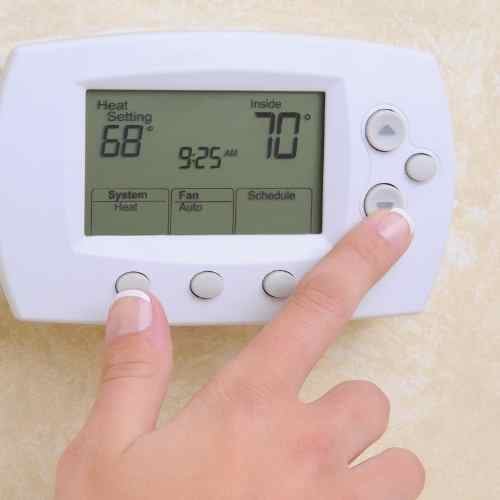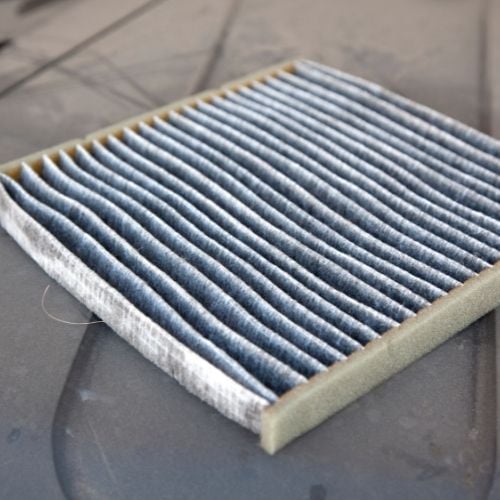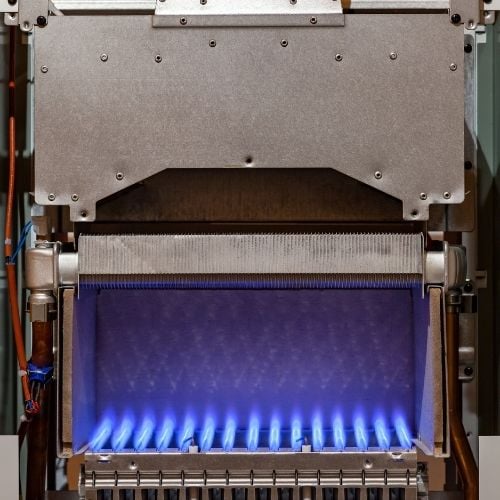Residential heating refers to the process of warming up a house or dwelling to make it comfortable for living during cold weather conditions. There are several methods of residential heating, including:
-
Furnaces: Furnaces are heating systems that use natural gas, propane, oil, or electricity to generate heat. The heat is then distributed throughout the house via ductwork and vents.
-
Boilers: Boilers are heating systems that use gas, oil, or electricity to heat up water or steam, which is then circulated through pipes to radiators or underfloor heating systems.
-
Heat pumps: Heat pumps are a type of heating system that extracts heat from the air or ground outside the house and transfers it indoors. They can also be used for cooling in warmer months.
-
Radiant heating: Radiant heating involves installing heating elements (such as pipes or electric heating panels) beneath the floor or behind the walls to provide heat throughout the house.
The choice of heating system will depend on factors such as the climate, the size and layout of the house, and the homeowner's budget and preferences. Proper insulation, weatherization, and thermostat settings can also help improve the efficiency of residential heating and reduce energy costs.
As the temperatures drop, it's important to make sure your home's heating system is working properly.
From common issues like faulty thermostats to more serious problems like clogged filters, this guide will help you troubleshoot and fix any residential heating problems you may encounter.
Keep your home cozy and comfortable all winter long with these helpful tips and tricks.
Thermostat Issues.
One of the most common heating problems homeowners face is issues with their thermostat. If your thermostat isn't working properly, it can cause your heating system to turn on and off at the wrong times, leading to inconsistent temperatures throughout your home.
One potential fix is to replace the batteries in your thermostat, as low batteries can cause malfunctions.
If that doesn't work, you may need to replace the thermostat altogether.

Dirty or Clogged Filters.
Another common heating problem is dirty or clogged filters.
When your filters are dirty, they can restrict airflow and cause your heating system to work harder than it needs to, leading to higher energy bills and potential damage to your system.
To fix this issue, simply replace your filters regularly, ideally every 1-3 months depending on usage.
You can also clean reusable filters with soap and water, but be sure to let them dry completely before reinstalling.

Ignition or Pilot Control Problems.
If your heating system is not turning on at all, it could be due to ignition or pilot control problems.
This could be caused by a faulty ignition switch, a dirty pilot light, or a malfunctioning thermocouple.
To fix this issue, first check to see if the pilot light is lit.
If it’s not, try relighting it according to the manufacturer’s instructions.
If the pilot light is lit but the system still won’t turn on, it may be time to call in a professional to diagnose and repair the issue.

Blower Motor Malfunctions.
A malfunctioning blower motor can cause your heating system to blow cold air or no air at all.
This could be due to a faulty motor, a broken belt, or a clogged air filter.
To fix this issue, first check the air filter and replace it if it’s dirty.
If the filter is clean, try resetting the system by turning off the power and turning it back on after a few minutes.
If the problem persists, it’s best to call in a professional to diagnose and repair the issue.
Lack of Maintenance.
One of the most common residential heating problems is a lack of maintenance.
Neglecting regular maintenance can lead to a variety of issues, including dirty filters, clogged ducts, and malfunctioning components.
To prevent these problems, it’s important to schedule annual maintenance with a professional HVAC technician.
During a maintenance visit, the technician will inspect and clean your system, ensuring that it’s running efficiently and effectively.
Additionally, be sure to regularly change your air filters and keep your vents and ducts clean to prevent blockages.


